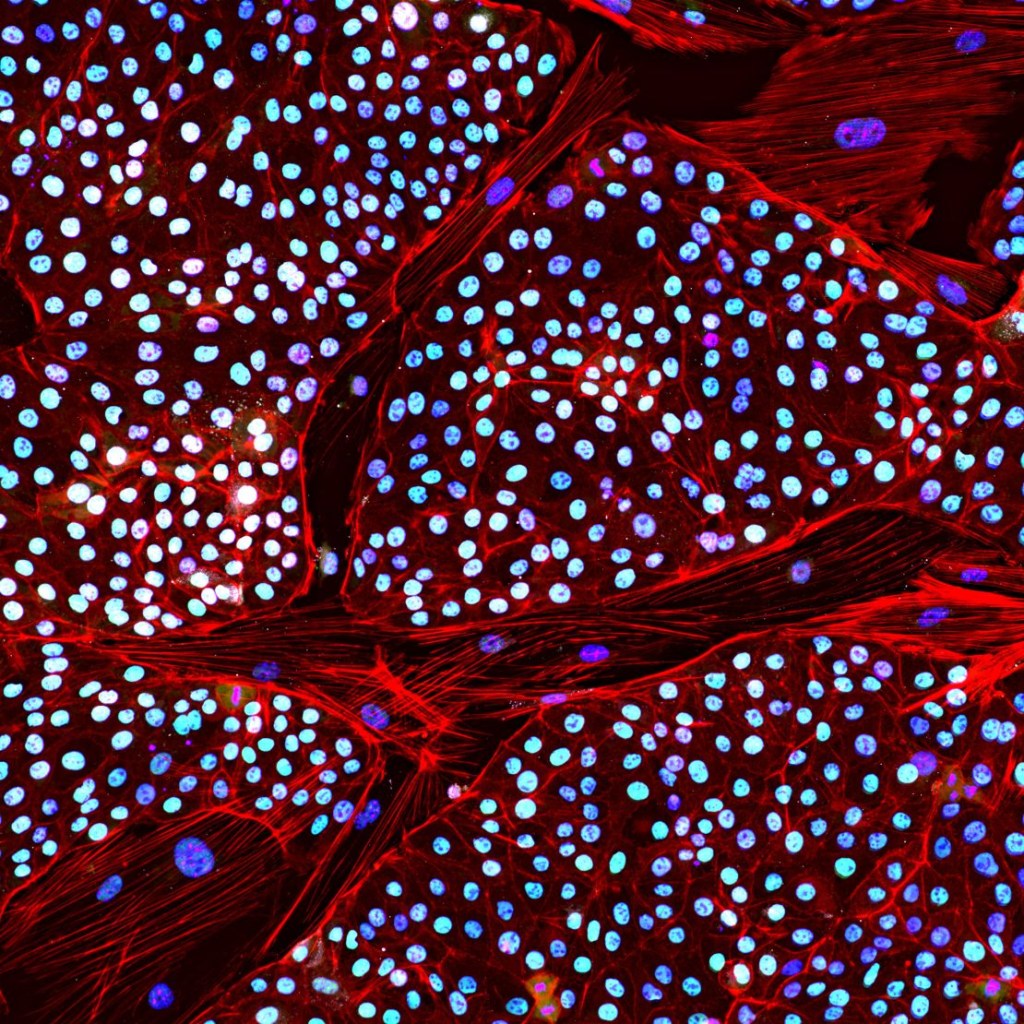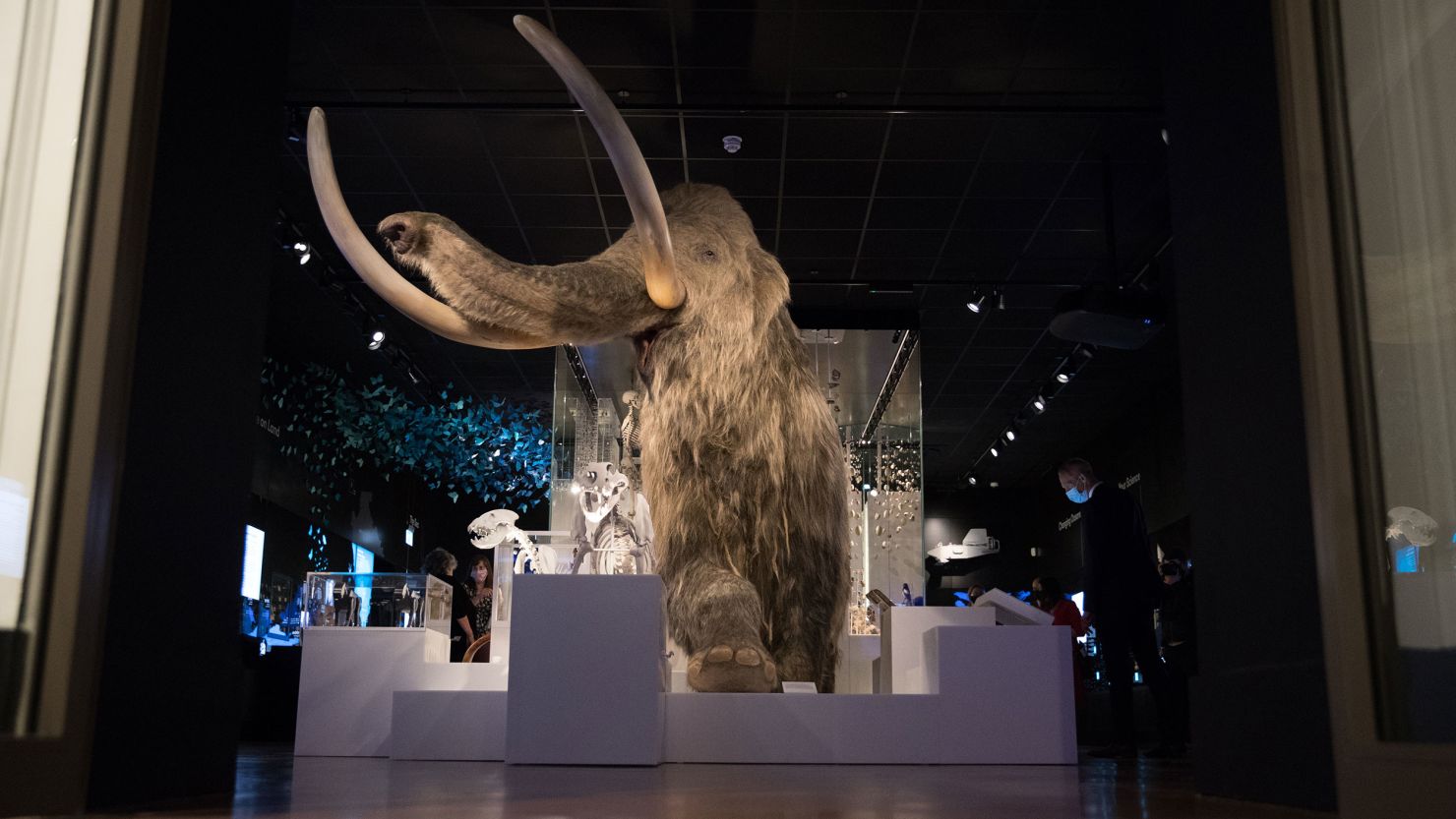(CNN) — A bold plan to create a genetic copy of the woolly mammoth, the tusked giant from the Ice Age that disappeared 4,000 years ago, is moving forward, according to the scientists involved.
The long-term goal is to create a living elephant-mammoth hybrid that is visually indistinguishable from its extinct ancestor, and which, if released into the wild in sufficient numbers, could help restore the fragile Arctic tundra ecosystem.
Reviving these extinct species has been the central project of Harvard geneticist George Church for more than a decade. The plan gained momentum in February 2021, when Church co-founded Dallas-based Colossal Biosciences with entrepreneur Ben Lamm and received a cash infusion and subsequent publicity later that year.
There are still many challenges ahead, such as developing an artificial womb capable of carrying an elephant calf. But Colossal Biosciences announced Wednesday that it had taken a “very important step.”
Church and Ariona Hesoli, head of Colossal's Department of Biosciences, revealed that they had reprogrammed cells from an Asian elephant, the mammoth's closest relative, into an embryonic state, marking the first time stem cells have been obtained from elephant cells. The team plans to publish the work in a scientific journal, but the research has not yet been peer-reviewed.
These modified cells, known as induced pluripotent stem cells or iPSCs, can continue to develop in the laboratory into any type of elephant cell, and are an important tool for researchers to model, test and improve the many genetic changes they must introduce to provide the Asian elephant with the genetic traits it needs to survive. Alive in the Arctic. These include a woolly coat, a layer of insulating fat, and smaller ears.
“The beauty of cells is their ability to renew themselves indefinitely and differentiate into any type of cell in the body,” explains Hesoli, the company's lead scientist on the massive project.
The stem cells will also make it easier for scientists to study the unique biology of the Asian elephant. Due to their size, these creatures are particularly resistant to cancer, for reasons that are not yet well understood. The team's main hurdle in making the elephant cell lines was inhibiting genes thought to confer cancer resistance.
Colossal's cellular research techniques have opened a new path to saving the endangered elephant, says Oliver Ryder, director of conservation genetics at the Wildlife Alliance at the San Diego Zoo.
“The intention to produce induced pluripotent stem cells from elephants has been around for years. It has been difficult to achieve,” said Ryder, who was not involved in the research. “The impact on conservation will occur in the field of genetic rescue and assisted reproduction,” he added.
For obvious reasons, normal elephant embryos are difficult to study. Stem cells will allow scientists to create model elephant embryos that provide information about how an elephant develops into a fetus, “an extremely valuable asset,” Ryder said.

A line of Asian elephant stem cells dyed in different colors to highlight different elements. (Courtesy of Hail)
Creating a hybrid woolly mammoth
Elephant stem cells are also key to the rebirth of the mammoth. Once modified to have genetic traits similar to those of mammoths, elephant cells could be used to make eggs, sperm and an embryo that could be implanted in some kind of artificial womb. However, this will take years of work.
Given the initial six-year timeline set by Colossal, the team first plans to use existing cloning techniques similar to those used in 1996 to create Dolly the sheep, inserting the genetically modified cells into a donated egg that will be carried by an elephant. However, although this technology has been around for a long time, results are inconsistent. Many question whether it is ethical to use endangered animals for this purpose, given the potential for failure.
“I think the first engineered elephant will be the biggest achievement and may match Ben (Lam’s) six-year forecast from 2021,” Church said. “The second thing that would make us happy is having a product that is truly cold-resistant,” Church says. “The third thing is whether we can do it in a way that is scalable, that doesn't involve alternatives. That's a long unknown.” .
The Colossal research team has already analyzed the genomes of 53 woolly mammoths using ancient DNA extracted from the fossils. The diverse collection of animal specimens that lived in different places and at different times in the past has helped scientists understand the genes that make mammoths unique.
“We have come a long way,” Church said. “The quality of mammoth DNA is almost as good as elephant DNA, and they are both as good as DNA extracted from humans.”
Church and Hisoli did not say how many genetic changes they hope to introduce to the Asian elephant's DNA to create a mammoth-like creature capable of withstanding Arctic temperatures. Geneticists also want to engineer a tuskless mammoth so that it does not fall prey to poachers.
Church, who was at the forefront of genetically engineering pigs with human-compatible organs for transplantation, said it was possible to make 69 modifications at once in pigs. The number of modifications needed to make the Asian elephant resistant to cold would be very similar, he said.
Possible role of resurrected mammoths
Colossal has long argued that mammoths, if reintroduced to the planet's northernmost grasslands in sufficient numbers, would help slow the thawing of permafrost.
Some scientists believe that before their extinction, grazing animals such as mammoths, horses and bison kept the ground frozen beneath them by trampling grass, cutting down trees and compacting snow.
A small study conducted in Siberia and published in 2020 indicated that the presence of large mammals such as horses, bison, yaks and reindeer led to lower soil temperatures in the protected area that was preserved, compared to lands outside this limit. However, other experts said it was hard to imagine cold-adapted elephant herds having a major impact in a region where temperatures are warming faster than any other part of the world.
Colossal has also announced plans to revive the Tasmanian tiger in 2022 and the dodo in 2023, but its work on the mammoth has been the longest in progress.

“Proud web fanatic. Subtly charming twitter geek. Reader. Internet trailblazer. Music buff.”

:quality(85)/cloudfront-us-east-1.images.arcpublishing.com/infobae/TEQF6EONZRFGLLLDIDD4L2O4EE.jpg)

:quality(75)/cloudfront-us-east-1.images.arcpublishing.com/elcomercio/XU32LRAEZFDDPNVHLFU3CKVBYY.jpg)



More Stories
How to create 3D videos with my iPhone, it will be very useful even for your business
NASA discovers an anomaly in the Earth’s magnetic field that could have serious consequences for humans
Can the Earth be divided into two parts?